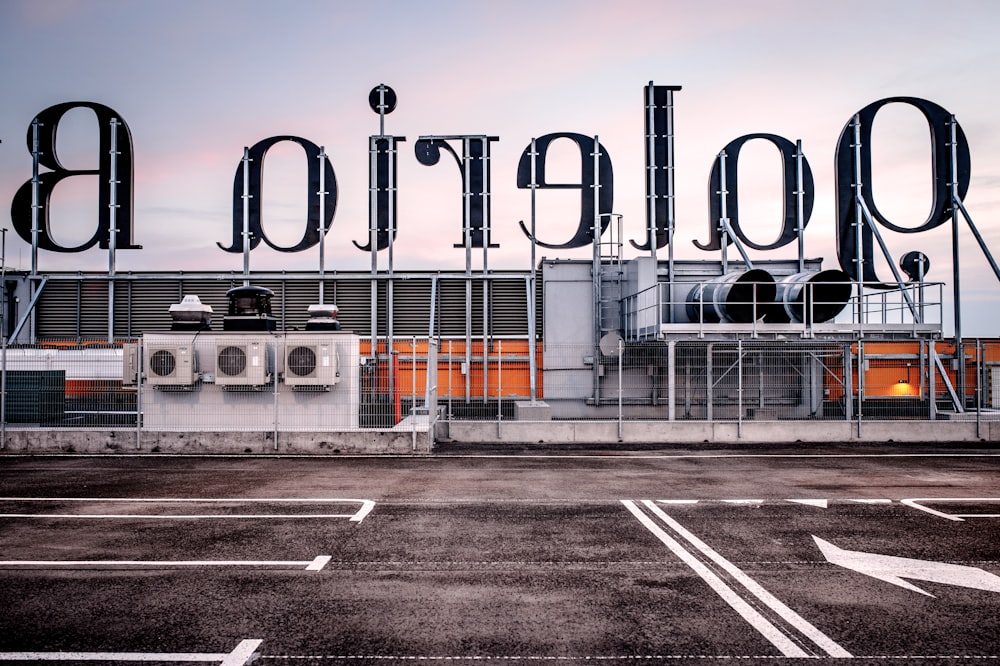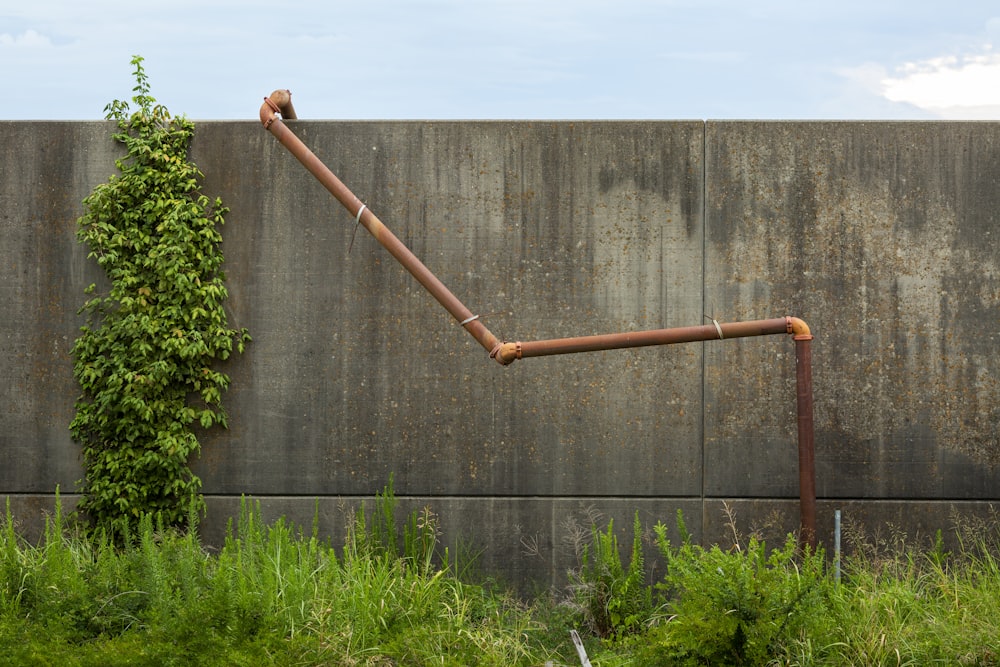Dealing with a Frozen Drain Pipe: Solutions and Prevention
Understanding the Problem: What Causes a Frozen Drain Pipe?
During cold winter months, drain pipes in homes can freeze due to exposure to low temperatures. This occurs when water in the pipes freezes, blocking the flow and causing potential damage. Several factors contribute to this, including inadequate insulation, exposure to cold drafts, and poor drainage system design.
Identifying Signs of a Frozen Drain Pipe
Recognizing the signs of a frozen drain pipe is crucial for prompt action. Common indicators include slow or halted drainage, gurgling noises from drains, foul odors, and visible frost or ice buildup on pipes. If you notice any of these symptoms, it’s essential to address the issue promptly to prevent further complications.
Thawing a Frozen Drain Pipe: Safe and Effective Methods
When dealing with a frozen drain pipe, it’s essential to thaw it safely to avoid causing damage to the pipes or exacerbating the problem. Several methods can be used to thaw a frozen drain pipe, including applying heat with a hairdryer or heat lamp, using hot water bottles or heating pads, or wrapping the pipes with heated towels or electric heat tape. Exercise caution and avoid using open flames or excessive heat to prevent accidents.
Preventing Future Freezing: Tips for Pipe Protection
Prevention is key to avoiding the hassle and expense of dealing with frozen drain pipes. Start by insulating exposed pipes with foam pipe insulation or heating cables to provide an additional barrier against the cold. Seal any gaps or cracks in walls, floors, or ceilings to prevent cold drafts from reaching the pipes. Additionally, consider installing thermostatically controlled heating cables or heat trace systems for added protection during extreme cold spells.
Maintaining Proper Temperature: Keeping Pipes Warm
Maintaining a consistent temperature within your home is essential for preventing frozen drain pipes. During cold weather, keep interior doors open to promote air circulation and prevent cold spots in less frequently used areas. Set your thermostat to a consistent temperature, even when away from home, to ensure pipes remain warm enough to prevent freezing. Consider using space heaters in unheated areas or those prone to freezing, such as basements or crawl spaces.
Inspection and Maintenance: Regular Checks for Peace of Mind
Regular inspection and maintenance of your plumbing system can help identify and address potential issues before they escalate into larger problems. Schedule annual inspections with a licensed plumber to check for signs of wear or damage, ensure proper insulation and ventilation, and address any concerns promptly. Additionally, perform routine maintenance tasks such as clearing debris from drains and gutters to prevent blockages that can contribute to freezing.
Emergency Preparedness: Having a Plan in Place
In the event of a frozen drain pipe, it’s essential to have an emergency plan in place to minimize damage and disruption to your home. Keep a supply of emergency plumbing tools and materials on hand, including pipe insulation, heat tape, and a hairdryer or heat lamp. Familiarize yourself with the









:max_bytes(150000):strip_icc()/woman-fixing-sink-de54d945295a438c86072f78415c3e0e.jpg)